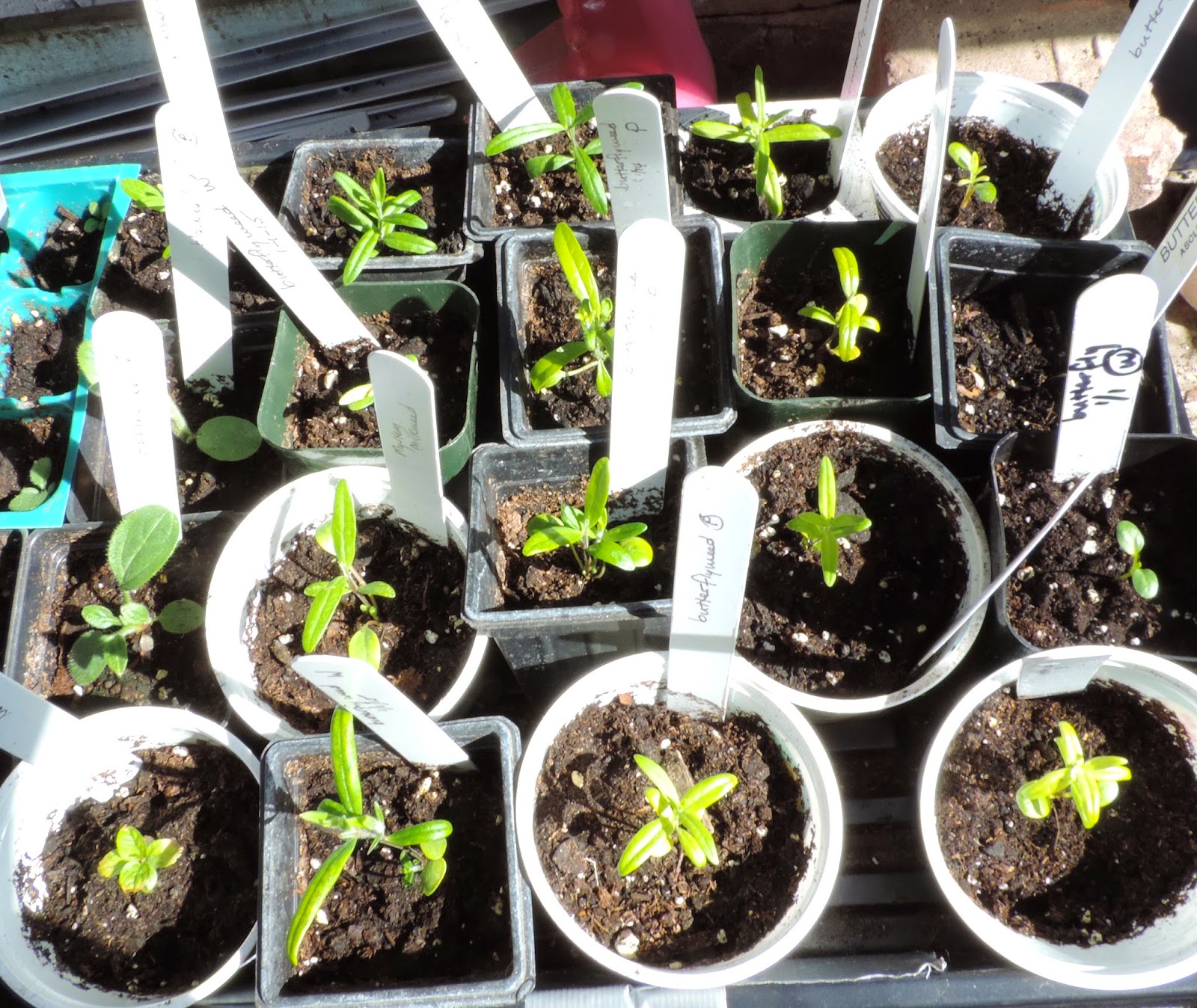It's been a long winter. Ipswich, Massachusetts, has received over 100 inches of snow. As you can see my monarch way station #5687 is buried. Two days ago the sign finally emerged from the glacier that is my front yard. The snow cover is now only about three feet deep, down from four to five feet in most places and drifts and snow banks formerly up to ten feet tall.
Despite the snow, it has also been a good winter. News from Mexico tells us that the monarch population has had a small rebound. Small. Don't get too excited. The total 2014/2015 overwintering population covered a mere 1.13 hectares, up from an all-time low last winter of 0.67. Not quite doubled, but it's a start.
And more good monarch news: The U. S. Fish and Wildlife Service announced a broad monarch conservation plan including a combined $3.2 million of USFWS funds and public and private donors to support habitat creation and education. (The USFWS 'Save the Monarch' page even has a link to this blog under 'Regional Stories: from a local homeowner" !)
Successful monarch conservation still comes down to one thing: plant milkweed, it is the only food monarch caterpillars can eat. And my greenhouse is cranking it out! Butterfly weed has been up since late January, it's already three inches tall.
 |
| Butterfly weed (Asclepias tuberosa) |
I've got a second batch of butterfly weed coming up this week:
 |
| Three day old butterfly weed (Aslepias tuberosa) |
The common (A. syriaca) and whorled (A. verticillata) milkweed seeds planted in flats last year were dug out of their four foot deep protective snow blanket ten days ago and started sprouting yesterday. And I just obtained seeds for poke milkweed (A. exaltata), a shade-loving milkweed also native to Massachusetts. So no more "I don't have any sun" as an excuse to not grow milkweed!
If you've ever wondered if snow really does protect your perennials check this out: I dug a dozen potted mature swamp milkweed plants out from under four feet of snow and tiny new shoots had already formed:
 |
| Potted swamp milkweed (Asclepias incarnata) has already woken up under the snow. |
Happy milkweed planting everyone! Look for me at local farmers markets on the North Shore this spring and summer. I announce where I'll be each week on my website. I'll try to have plenty of all five native milkweeds I'm growing available. Monarch mass exodus from Mexico will happen any day, let's get more milkweed planted for when they arrive here in late June and hopefully we can double the monarch population again next year!



No comments:
Post a Comment